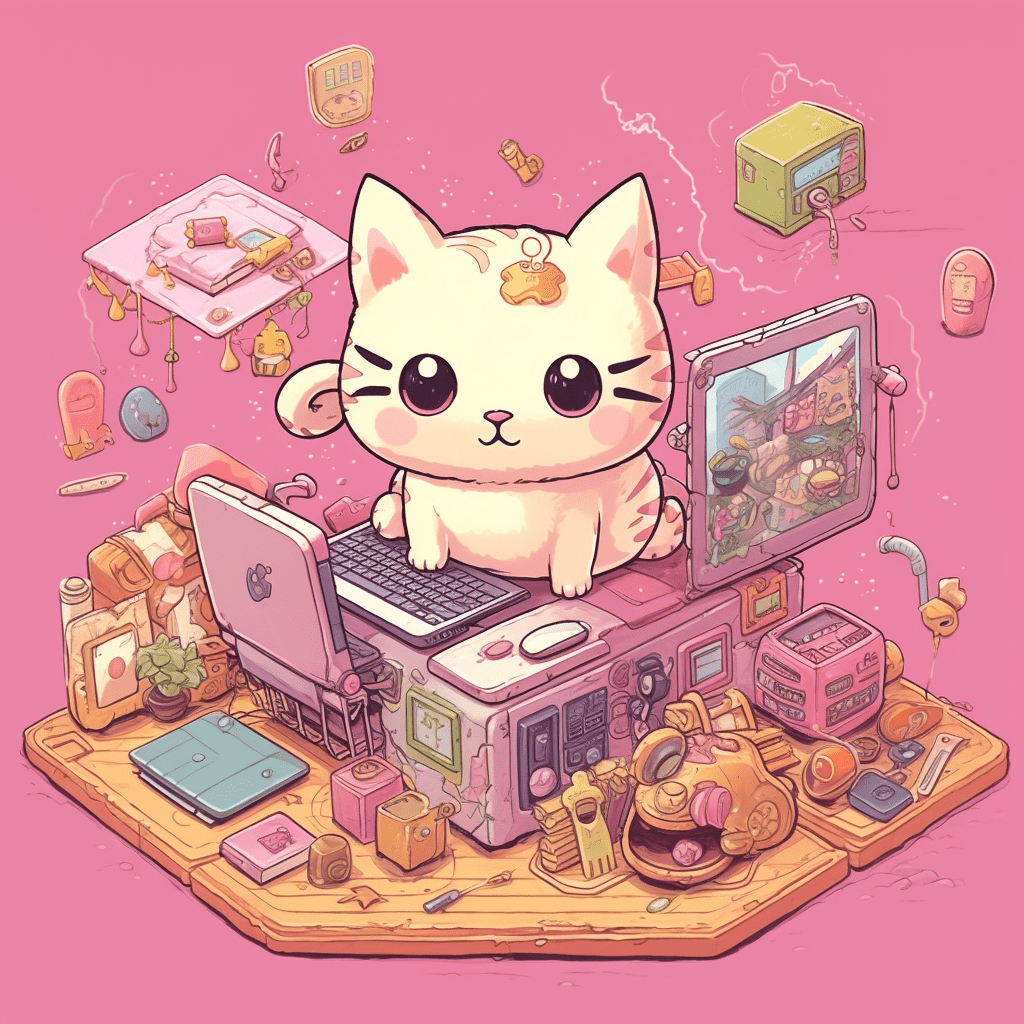
As the digital asset landscape continues to evolve, non-fungible tokens (NFTs) are increasingly prevalent across a variety of industries. Building upon the widely adopted ERC721 standard, the ERC721a token standard has emerged as a more efficient and accessible means of managing NFTs. ERC721a’s improvements derive largely from the optimizations it brings to smart contract development. In this article, we’ll explore the key aspects of ERC721a smart contract development, offering insights into how developers can leverage the capabilities of this advanced token standard for a diverse range of applications.
Understanding ERC721a and Its Relevance to Smart Contract Development
The ERC721a token standard is a variant of the original ERC721 standard, tailored to address and improve upon several concerns surrounding NFTs, particularly gas fees. The optimized smart contract functions of ERC721a have a direct impact on transaction costs, making the token standard more enticing to both creators and collectors. Before diving into smart contract development, however, it’s essential to understand the key characteristics of ERC721a, including:
- Reduced gas costs: As previously mentioned, one of the notable improvements of ERC721a is the reduction in gas fees associated with minting, trading, and transferring tokens. By optimizing smart contract functions, ERC721a paves the way for more cost-effective NFT transactions.
- Batch minting and transfers: ERC721a enables batch minting and transfers, allowing users to create and transfer multiple tokens in a single transaction. This feature streamlines the way NFTs are managed and transferred, particularly for high-volume transactions or fractional ownership scenarios.
- Compatibility: ERC721a is built upon the existing ERC721 standard, which ensures its compatibility with current tools, platforms, and wallets that are designed to work with the widely adopted ERC721 standard. This compatibility simplifies the integration process for developers working with ERC721a tokens, making it a seamless transition to the new standard.
Tips for Developing Smart Contracts with ERC721a

While the ERC721a token standard offers several advantages over its predecessor, developers must still adhere to best practices and understand key considerations when working with this advanced standard. The following tips can help developers navigate the smart contract development process for ERC721a:
- Leverage existing development tools: Given the ERC721a token standard’s compatibility with the ERC721 ecosystem, developers can utilize existing tools and libraries that are familiar and effective. Such resources can save time during development, ensuring a smoother and more efficient process.
- Plan for extensibility: As the digital asset market evolves, so too will the token standard landscape. When developing an ERC721a smart contract, it’s important to build in provisions for extensibility to facilitate seamless adaptation to future improvements or adjacent standards.
- Consider gas efficiency: While ERC721a inherently optimizes gas fees, smart contract developers should stay mindful of gas efficiency throughout the development process. Ensuring that the smart contract functions make the most efficient use of gas can help bolster the overall performance and cost-effectiveness of your ERC721a NFT project.
Implementing ERC721a in Real-World Applications
As developers begin to incorporate ERC721a into their smart contract development processes, it’s crucial to recognize the wide range of applications and fields where this advanced token standard can be deployed:
- Digital art and collectibles: Transforming the way creators and collectors engage with unique digital assets, the ERC721a standard can facilitate streamlined minting, trading, and managing of digital art and collectibles across various platforms.
- Gaming: By reducing gas fees, ERC721a can play a pivotal role in tokenizing in-game items and virtual assets, making it more accessible and cost-effective for both publishers and players.
- Real estate and physical objects: ERC721a has the potential to revolutionize tokenization and asset management for real estate and tangible assets, streamlining the process of token implementation and management.
Embracing the Potential of ERC721a Smart Contract Development
As the world of digital assets continues to expand, the role of token standards like ERC721a in shaping the future of smart contract development is undeniable. By understanding the features and advantages of ERC721a, developers can harness the potential of this advanced token standard, paving the way for innovations across industries and applications. Armed with the insights and best practices outlined in this article, developers are well-equipped to make the most of ERC721a, optimizing transaction costs and streamlining the NFT experience for creators and collectors alike.
A New Frontier for NFT Smart Contract Development

As the digital asset ecosystem continues to evolve, smart contract developers must stay informed and adaptive to the latest innovations, like the ERC721a token standard. By mastering the nuances of ERC721a, developers can unlock new opportunities and efficiencies in the realm of non-fungible tokens while staying ahead of the curve in an ever-changing landscape. By understanding the features, advantages, and best practices for ERC721a smart contract development, a promising new frontier awaits both developers and users alike.